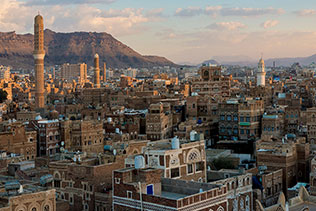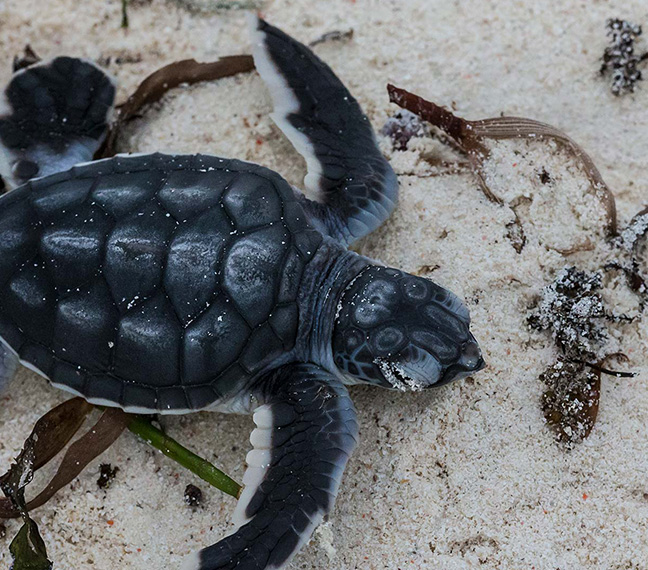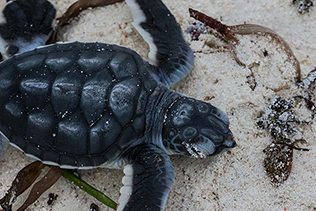AI SAVES SEA TURTLES IN KENYA
State of the art community conservation.

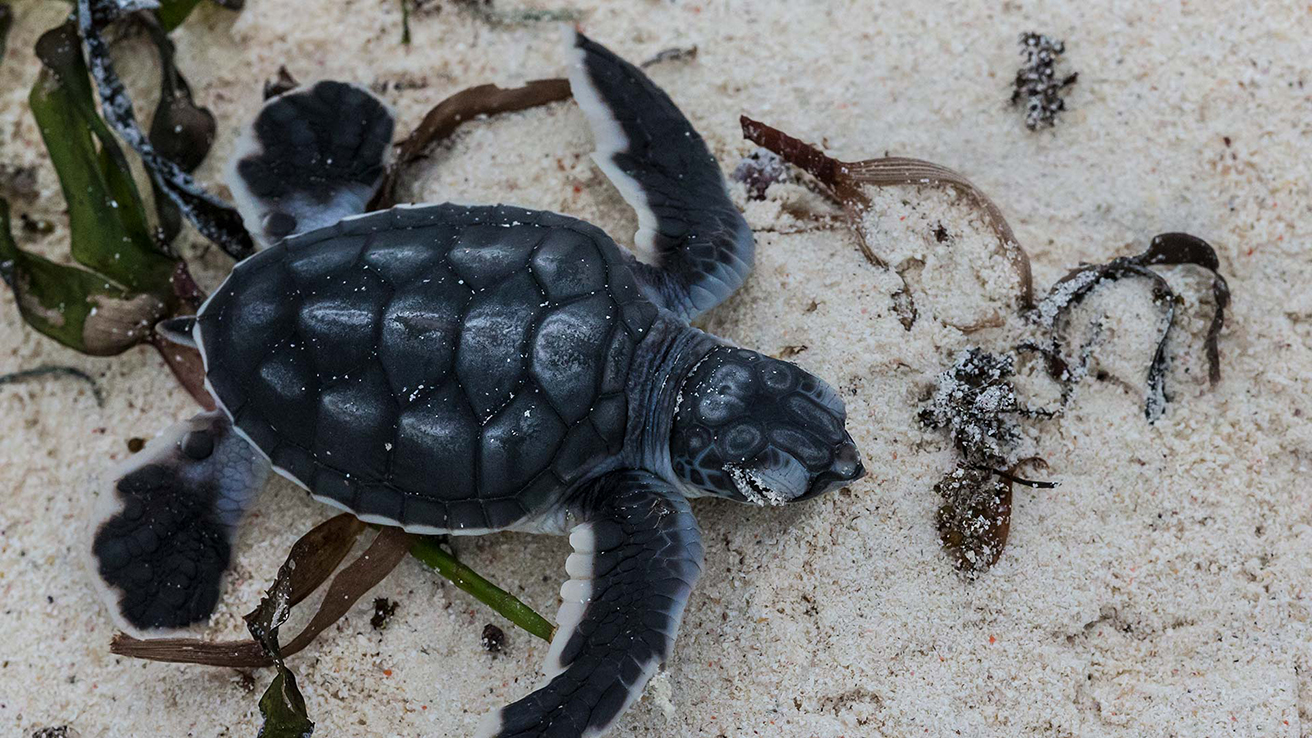
In a country teeming with iconic wildlife, sea turtles are one of Kenya’s most beloved creatures. They are also a vital barometer of ocean health. But a combination of climate change and beachside developments is rendering nesting grounds unsuitable, threatening the entire species.
State of the art technology isn’t usually accessible to community conservation groups, but thanks to the Microsoft, Local Ocean Conservation (LOC) is harnessing AI in an attempt to rescue this majestic, endangered species.
Beach analytics
LOC’s volunteers have been patrolling Kenya’s beaches since 1997. To date, they have monitored over 1,600 nests, shepherding 157,000 hatchlings into the ocean. But as with any local organization, they could always do with wider community involvement.
LOC decided to embark on a massive data collection mission. Their goal was to attract more volunteers by highlighting the scale of the problem, and to direct their precious resources where they are most needed.
With the help of Microsoft’s 4Afrika Initiative, which invests in SMEs, government, and youth programs on the continent, LOC created a mobile app for gathering data on Kenya’s coastline. The data is sent to a Microsoft Azure cloud database where it is analyzed and visualized using Azure’s AI-powered analytics apps.
Azure applications are hosted on Microsoft servers – rather than local machines – accessed via the cloud on a pay as you go basis. This model enables LOC to employ cutting-edge technology at a cost that’s accessible to a community organization.
Using this technology enabled LOC to create the world’s first sustainable beach map. They discovered that only 13% of 78.8 kilometers of beach was suitable for sea turtle nesting. 50% was naturally unsuitable. 16% could get there with work. 17% could not be used, because of human influence. These precise insights on where to focus their conservation efforts would be nearly impossible to pinpoint as quickly and with such accuracy without the help of AI.
LOC can now track many more animals than before – gathering larger, more useful datasets – without putting any of them through the stress of tagging.
Say goodbye to tagging, turtles
Another focus of LOC’s work is tracking turtles to uncover any problems they encounter, and to model the wider population.
Current best practice in marine conservation is to track animals by fixing metal tags to them. The method is effective, but it’s far from ideal. While it ultimately helps the species, the process is invasive and causes stress to the turtles.
Tagging is also prohibitively expensive, putting it largely out of reach for smaller conservation groups like LOC, which limits the amount of data collected in the sector, especially for sea turtles in the West Indian Ocean. Without this vital information, any conservation effort is inevitably constrained.
LOC is now replacing the physical system with AI image recognition – hosted on the Microsoft Azure cloud. The AI is able to recognize individual turtles, even out at sea. This means LOC can now track many more animals than before – gathering larger, more useful datasets – without putting any of them through the stress of tagging.
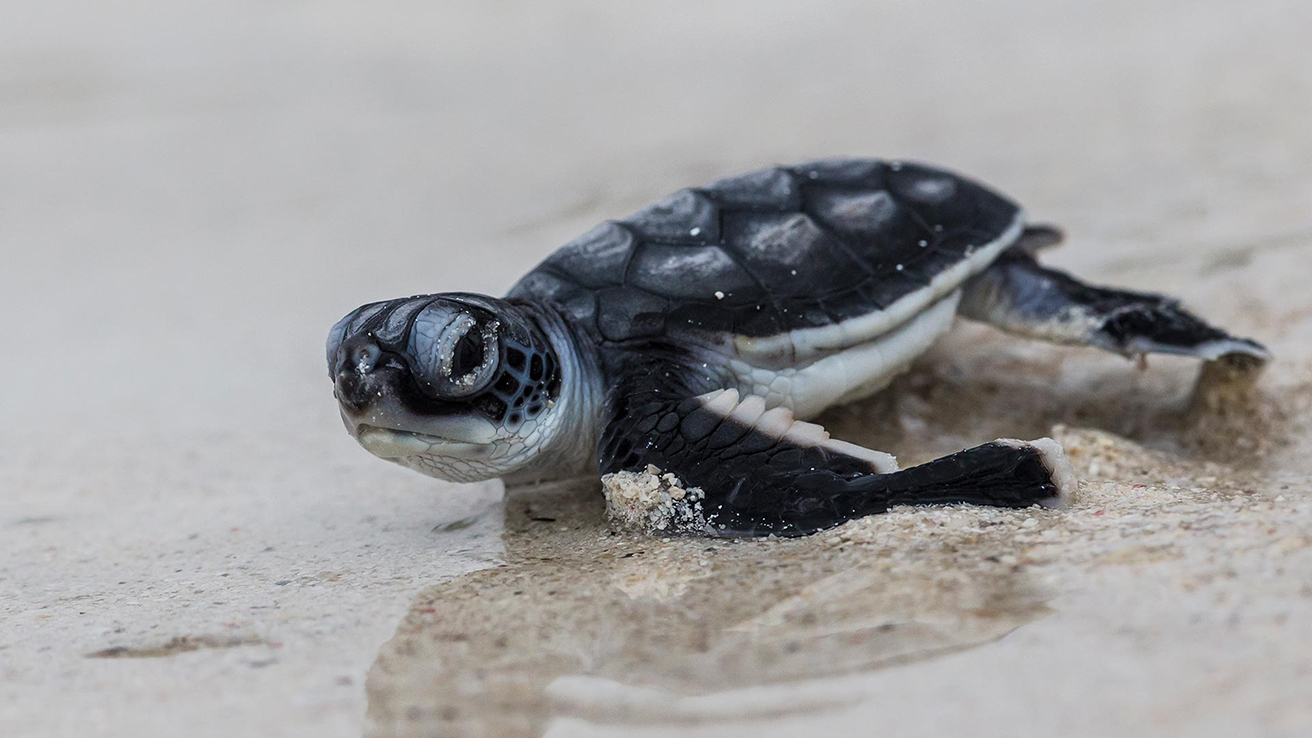
Big data, local conservation
LOC’s story shows that the cloud has democratized tools that once were the preserve of large organizations, and in doing so, has made technology instrumental in conservation efforts.
While their current mission is currently focused on sea turtles, LOC hope that their model can be a template for other community groups to follow. LOC could be the spark that ignites a big data revolution in global conservation.











